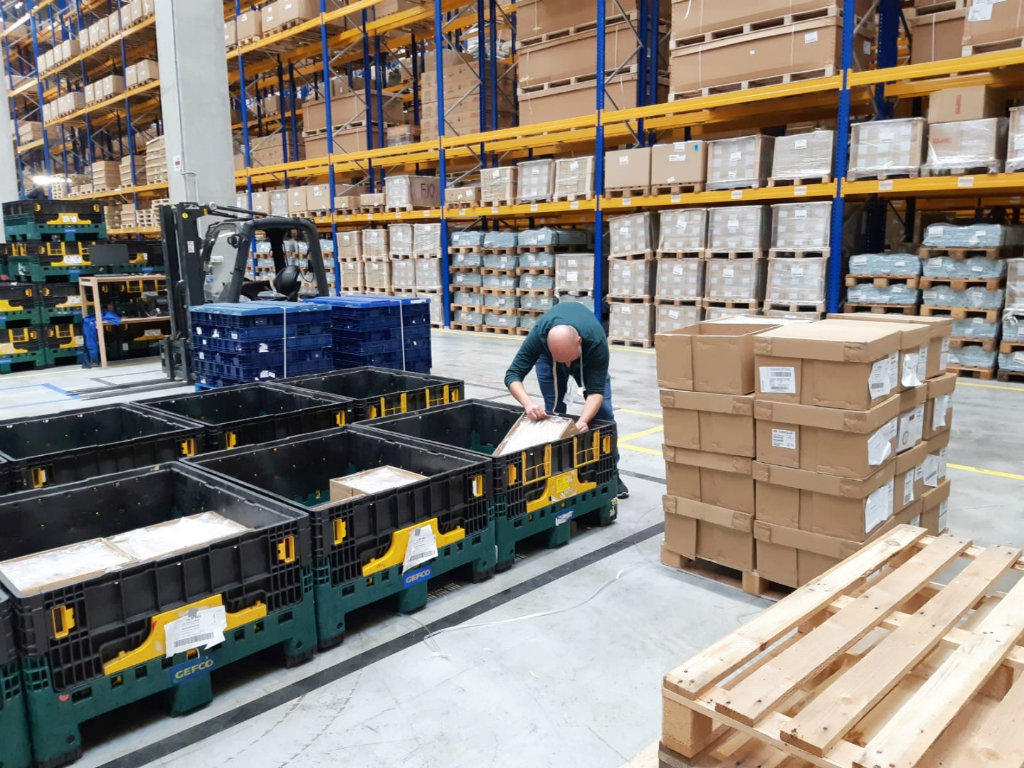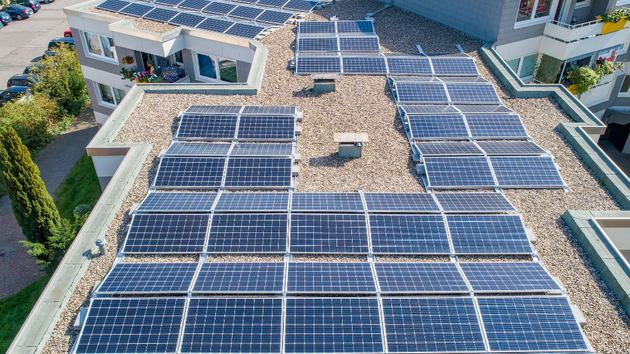How the current lack of ship containers in China impedes the global economy and causes potential delay of goods until March
 Friday, 04.12.2020.
Friday, 04.12.2020.
 10:35
10:35

The disturbances in global sea transport and the lack of ship containers brought to the fore the ports of Koper and Trieste as the best options for maritime transport.
ŌĆ£The nervous systemŌĆØ of the global economy of consumer products has met with a problem. Due to coronavirus, people have stopped traveling and stayed at home more frequently due to the travel restrictions. The forced stay at home has increased online purchases, so there has been an unexpected increase in the demand and purchase of products such as office furniture for the home, laptops, sports equipment for home exercise and garden furniture. Those are the goods that are mostly delivered directly to the purchaser, often from the very factory in China that produces them, by ocean, in ship containers, to the door.
After the coronavirus pandemic began in China, their factories remained closed for two months, which caused the problem of the lack of products sent to Europe, and people in Europe, closed inside their homes, did the only thing they could ŌĆō they ordered products online like never before.
It was to be expected that the economic fall of China would reflect on the whole world, both because the production chains stopped in the first months of the epidemic in China and because of the lowered production rate in the states that imported raw materials and semi-products from this country. On the other hand, many maritime transporters reduced the frequency of departures, due to the lowered demand and capacities. The uneven export and import following the relaunching of the production, has led to a great imbalance in the transport equipment, so now the situation is that the Chinese ports are facing the lack of empty transport containers.
The upcoming holiday season is traditionally very busy when it comes to the import of shipments from the Far East. Planning is done carefully and in the long term, considering the holidays in Serbia and the Chinese New Year as well. After the sudden relaunching of the economy in many countries, looking to compensate for months of stagnation, many companies decided to increase their exporting capacities. In practice, the increased demand for the import resulted in a quick filling out of the capacities of ships and an imbalance in the equipment. It practically means that it takes time for the containers from European ports to physically return to China in order to be operational for the import of goods. For these reasons and also because of the pause due to the Chinese New Year, the transport of goods by sea, as the most cost-effective option, is practically overbooked all the way until March 2021.
Companies which transport goods by boats have not ordered the preparation of new containers on time, because all the parameters before coronavirus indicated that the global trade will enter a recession. They had problems with liquidity, they started reducing the costs. The pandemic followed.
Boat transporters faced a problem, because all these parameters caused the demand and the nature of the transport of cargo by sea to go in a direction that no one expected. Throughout the ŌĆ£coronavirus yearŌĆØ, transporters were canceling certain weekly departures from Europe to Asia. There are not enough ships for rent in the market either, because the global trade fleet is filled out due to the current demand, and nearly all hubs get ŌĆ£cloggedŌĆØ. Most boats and containers were sent to the USA, because the demand was the greatest. When a boat enters a port in the USA, the container is emptied, but it takes up to 10 days to find a local forwarder and truck transporter, then thereŌĆÖs another 7 days for the goods to be transported and maybe another 10 days to bring back the container to the terminal, that is, the container port. The container can only then be brought back on the boat and returned to Asia.
The current situation in, for example, Los Angeles, is that the port is overloaded and that its capacities are maxed out. There are currently 15 boats in front of the port and containers cannot be taken on board or sent back. Boat companies always choose the longest routes to the biggest ports, because they make the most money from transport that way.
ŌĆō We help our users avoid delays through our quicker, premium service of container transport through the use of the ports of Koper and Trieste, Adria PRIORITY Express. The transit time from the main ports of the Far East to the main ports of the Adriatic is 5-8 days quicker compared to the ports of the North Sea. Thanks to the different options with select transporters, we can secure free equipment and guarantee departures and shipment deadlines. With our innovative forwarding solutions, we offer an all-encompassing logistics service through the network of our warehouses, the following of containers for the purpose of full visibility and transparency through our intelligent container monitoring system and many other benefits ŌĆō explains Nebojsa Djekic, Sales and Development Manager of the forwarding company cargo-partner.
 CARGO-PARTNER D.O.O. BEOGRAD
CARGO-PARTNER D.O.O. BEOGRAD
Most Important News
06.04.2024. | Agriculture
Preconditions for Placement of Fresh Blueberries and Dried Plums in Chinese Market Secured

16.04.2024. | News
Jovan Ciric, Leasing Director Retail MPC Properties ŌĆō MPC Echo symbolizes our desire for good ideas and innovative endeavors to spread freely and bring about positive changes

16.04.2024. | News
10.04.2024. | Finance, IT, Telecommunications, Tourism, Sports, Culture
Creative Industry ŌĆō What This Serbian Economy Sector Worth EUR 2 Billion Encompasses

10.04.2024. | Finance, IT, Telecommunications, Tourism, Sports, Culture
17.04.2024. | Industry, Construction, Transport, Finance
Feka Automotive to build energy-efficient production facility ŌĆō EBRD approves EUR 15 million

17.04.2024. | Industry, Construction, Transport, Finance
16.04.2024. | News
Economy Fair in Mostar opens ŌĆō 26 companies from Serbia exhibiting

16.04.2024. | News
16.04.2024. | News
Polish chain Zabka to come to Serbia?

16.04.2024. | News


 Izdanje Srbija
Izdanje Srbija Serbische Ausgabe
Serbische Ausgabe Izdanje BiH
Izdanje BiH Izdanje Crna Gora
Izdanje Crna Gora


 News
News






